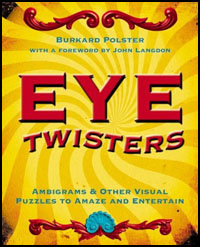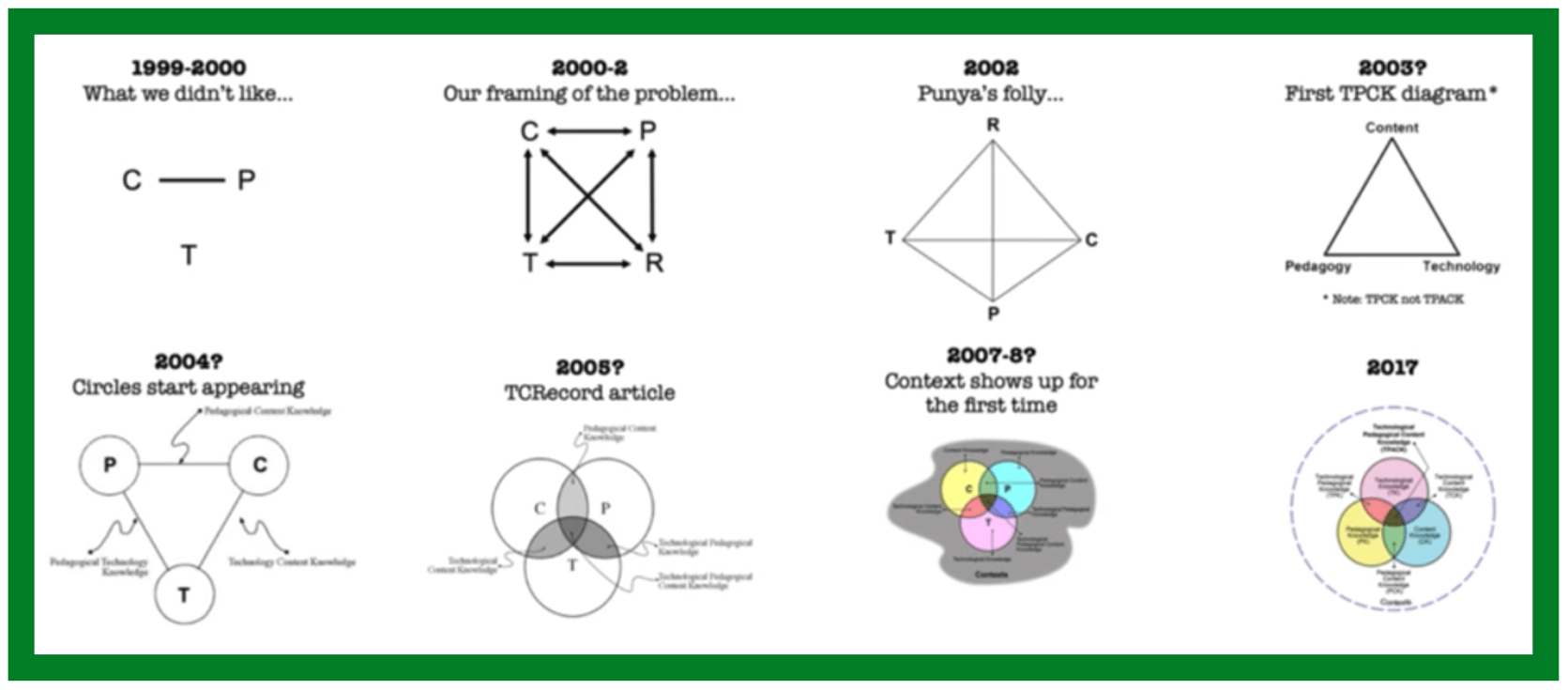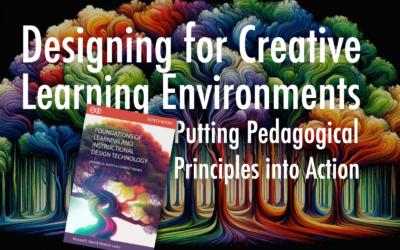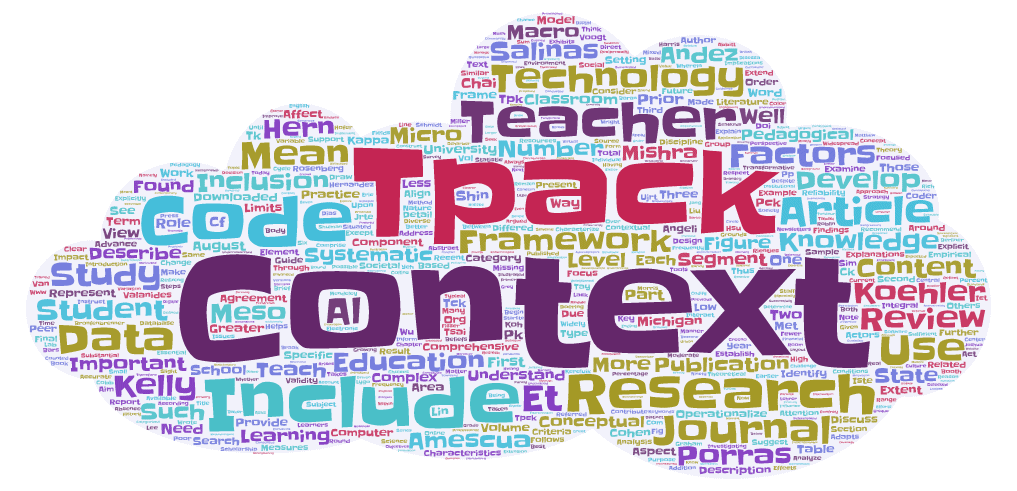
Eye Twisters: Ambigrams & other Visual Puzzles to Amaze and Entertain is a book edited by Burkard Polster, a professor of mathematics at Monash University. It features some of my work…
From the back cover: Eye Twisters is all about ambigrams–words that are written or drawn so that they can be read in more than one way, back to front, upside down, turned this way and that. If you enjoy Escher’s drawings, ambiguous figures, puzzles, optical illusions or mathematical recreations, you will love ambigrams.
Here, over 200 of the best examples by the world’s top ambigram artists are showcased, many for the first time. The history and philosophy of the form are explained, you can learn how to make your own ambigrams and sharpen your mind on mind-bending problems (topsy-turvy Sudoku, anyone?). The result is a wholly original, magical book that all age groups will find irresistible.
The book includes ambigrams by John Langdon, Scott Kim, Douglas R. Hofstadter to name just a few, including your’s faithfully. The book has been out for a while [Amazon] though I received my copy just today. I am privileged to have a few of my designs featured in the book. The one that gets full page treatment is my Good-Evil ambigram, one of my personal favorites.

You can also take a look my other ambigrams here.




0 Comments
Trackbacks/Pingbacks